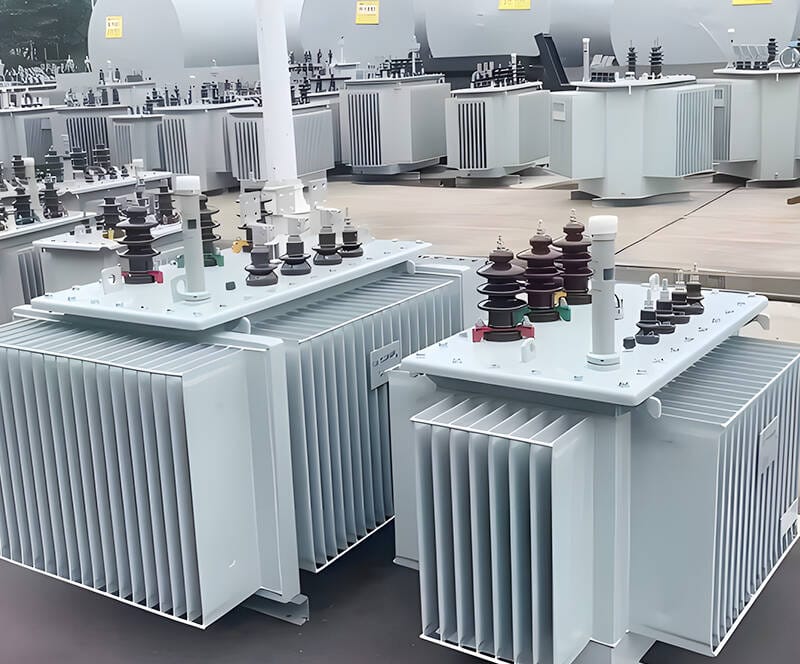In today’s rapidly changing world, new energy has become a global focus. With the rapid development of renewable energy technologies, the power industry is undergoing an unprecedented transformation. In this transformation, new energy transformers play a crucial role. They are not only alternatives to traditional power transmission, but also important tools for promoting the use of renewable energy. So, how will future new energy transformers help the transformation of the power industry? Let’s explore this together.
The Basic Concept of New Energy Transformers
First, what are new energy transformers? Simply put, they are devices used to handle and distribute electricity from renewable energy sources such as wind and solar energy. Compared to traditional transformers, new energy transformers have significant advantages in terms of efficiency, environmental friendliness, and intelligent management. Imagine if our power system were like a river, the new energy transformer would be the bridge that helps various energy types flow smoothly through the system.
Helping the Integration of Renewable Energy
As more and more renewable energy projects emerge, efficiently integrating these energy sources into the power grid has become an important issue. This is exactly where new energy transformers excel. They can handle voltage fluctuations between different power sources, making the power supply more stable. For example, solar power may be abundant during the day but significantly reduce at night, while wind energy can be generated at any time. New energy transformers ensure that the power supply remains balanced, no matter when or where.
The Trend of Intelligence and Digitalization
Future new energy transformers will also evolve alongside the development of intelligent and digital technologies, becoming the “brain” of the power system. Imagine that inside a transformer, it’s not just mechanical equipment, but also intelligent sensors and data analysis systems. This means that the transformer can monitor the flow of electricity in real time, predict load changes, and automatically adjust parameters to optimize power transmission.
It’s like a professional conductor orchestrating a symphony by coordinating the instruments. Such intelligent transformers can not only improve the system’s efficiency but also reduce the probability of malfunctions, enhancing the overall reliability of the power supply.
The Necessity of Environmental Protection and Sustainability
Environmental protection and sustainability are core issues in today’s society, and new energy transformers also demonstrate great potential in this regard. Traditional transformers typically use oil as a coolant, while new energy transformers use more environmentally friendly materials. This not only reduces environmental pollution but also improves the safety of the equipment.
Furthermore, new energy transformers focus more on the efficient use of resources in their design and manufacturing process, significantly reducing energy loss. It’s like replacing old, power-hungry appliances at home — after using a new energy transformer, your overall electricity bill will drop substantially.
Future Outlook: Challenges and Opportunities
Although the prospects for new energy transformers are exciting, there are also many challenges in the process of transformation. These include research and development, market acceptance, policy support, and so on. However, as long as we take these challenges seriously, we will discover the opportunities hidden behind them. In the future, as global demand for renewable energy increases, the market for new energy transformers will continue to expand, providing new momentum for the transformation of the power industry.
Conclusion
In the wave of transformation in the power industry, new energy transformers are undoubtedly a force to be reckoned with. They play an important role not only in improving power transmission efficiency and promoting renewable energy integration, but also in evolving under the trends of environmental protection and intelligence. The future power system will be more efficient, reliable, and environmentally friendly thanks to new energy transformers. As consumers and members of society, we also have the responsibility to pay attention to and support this transformation.


